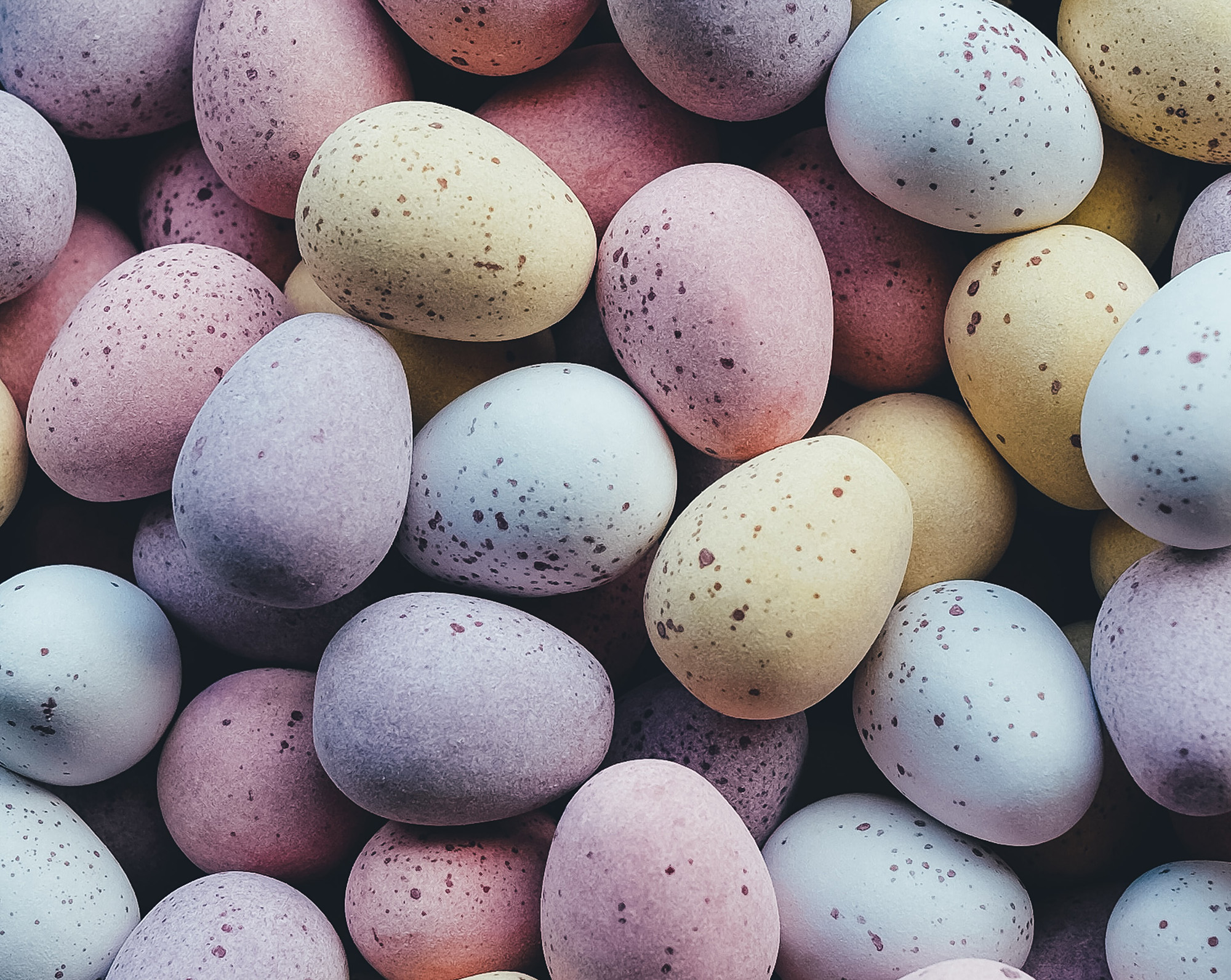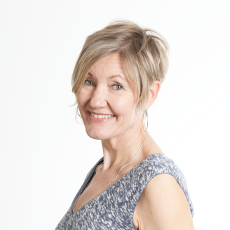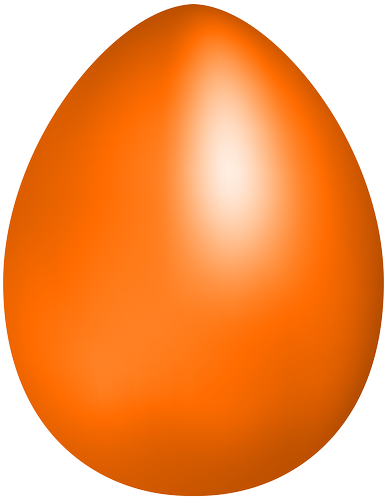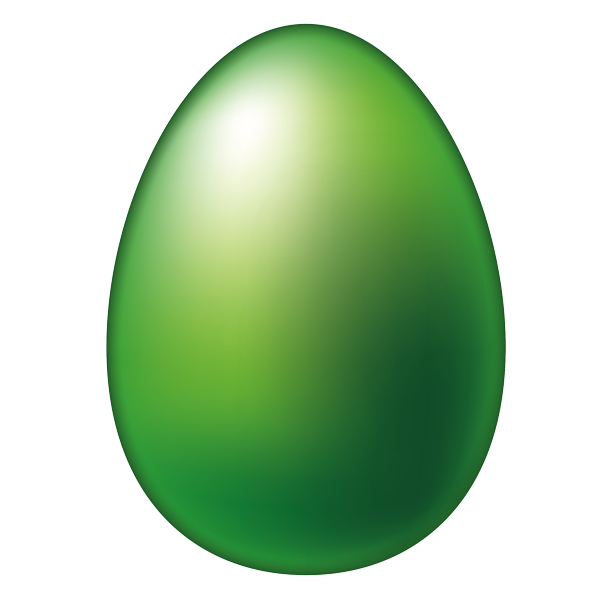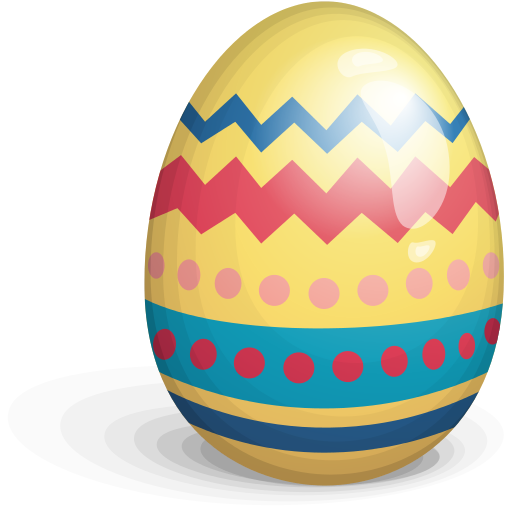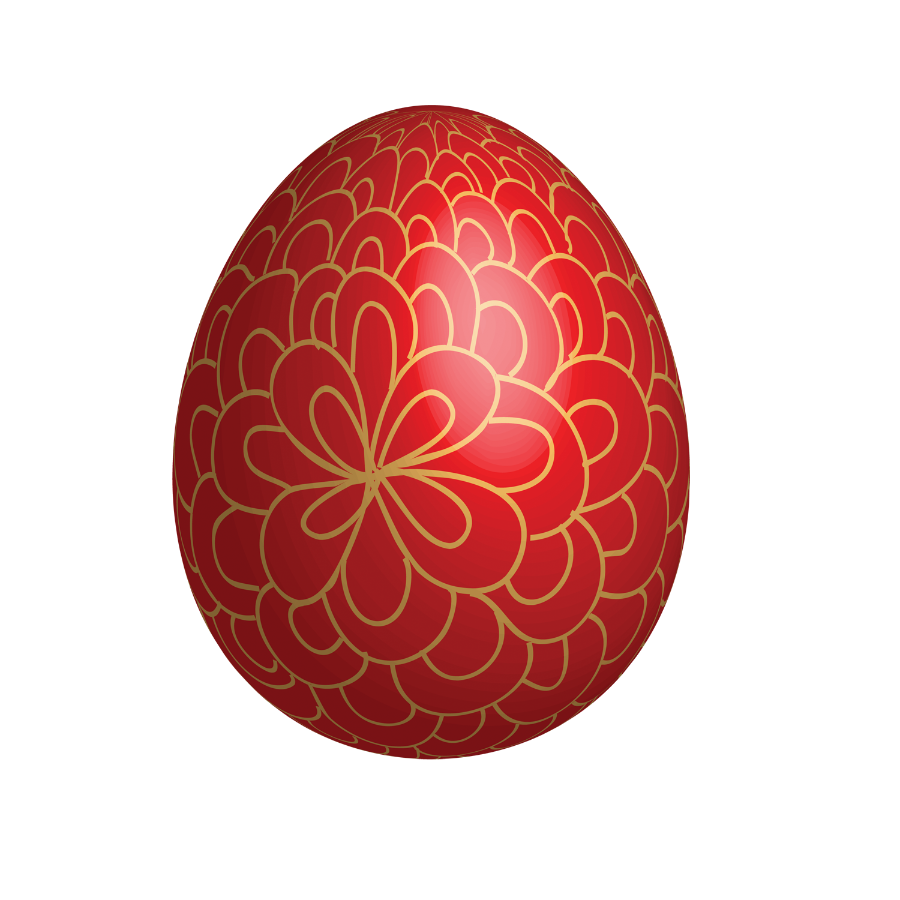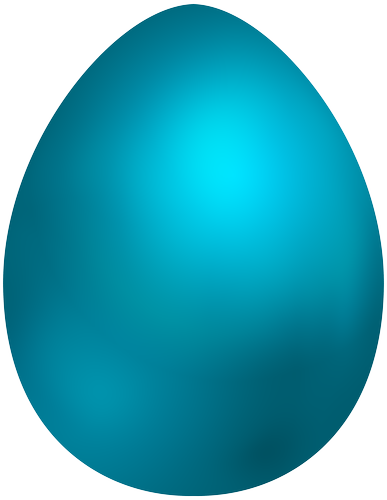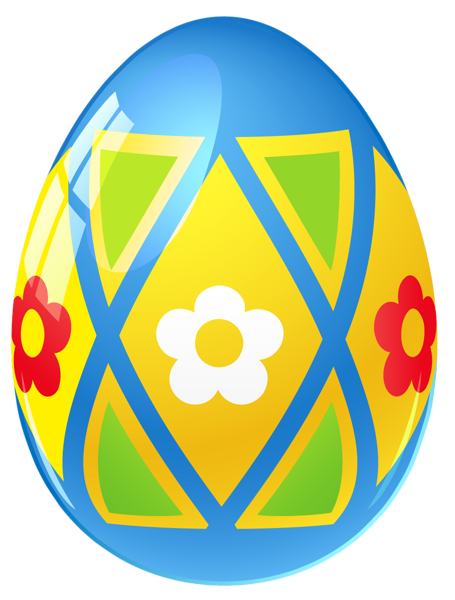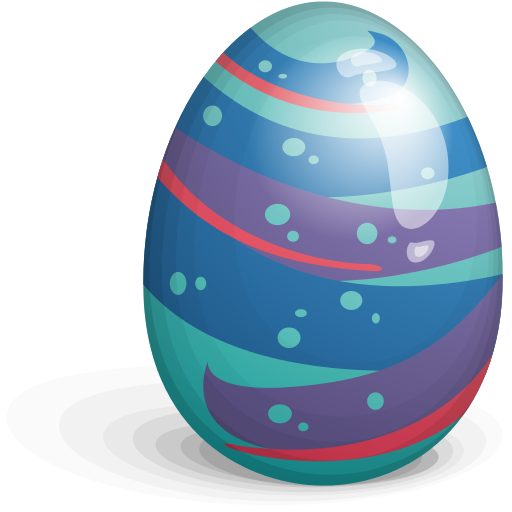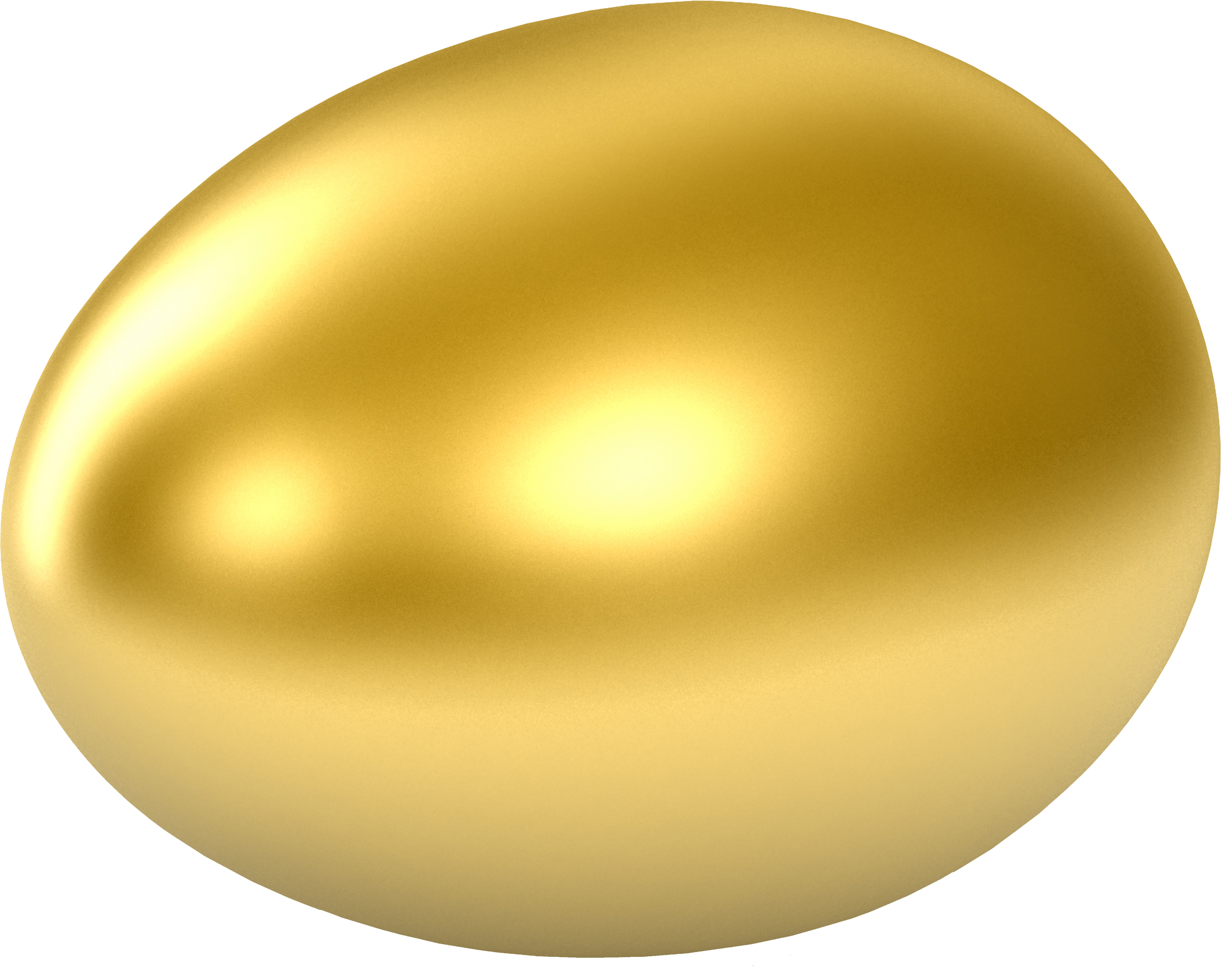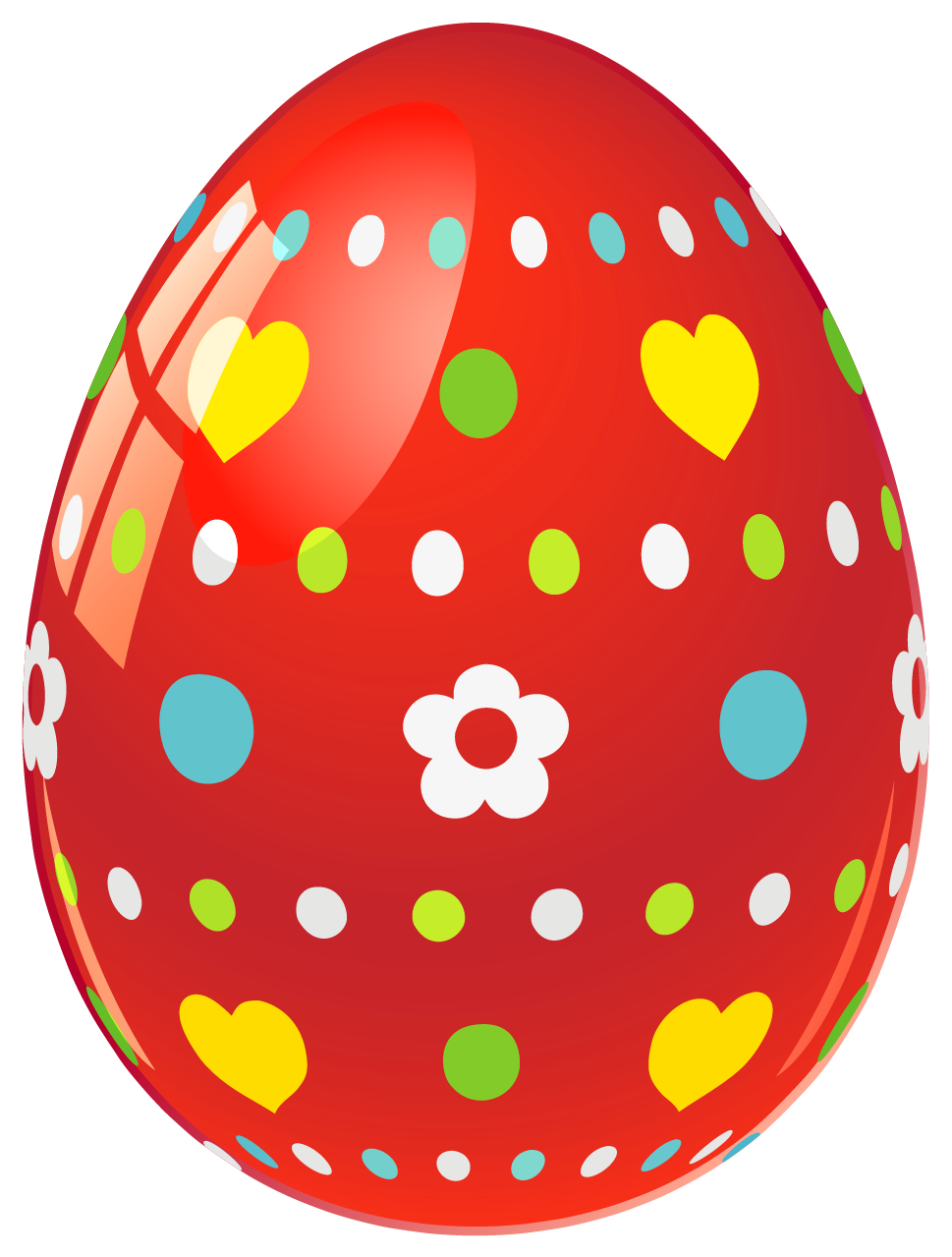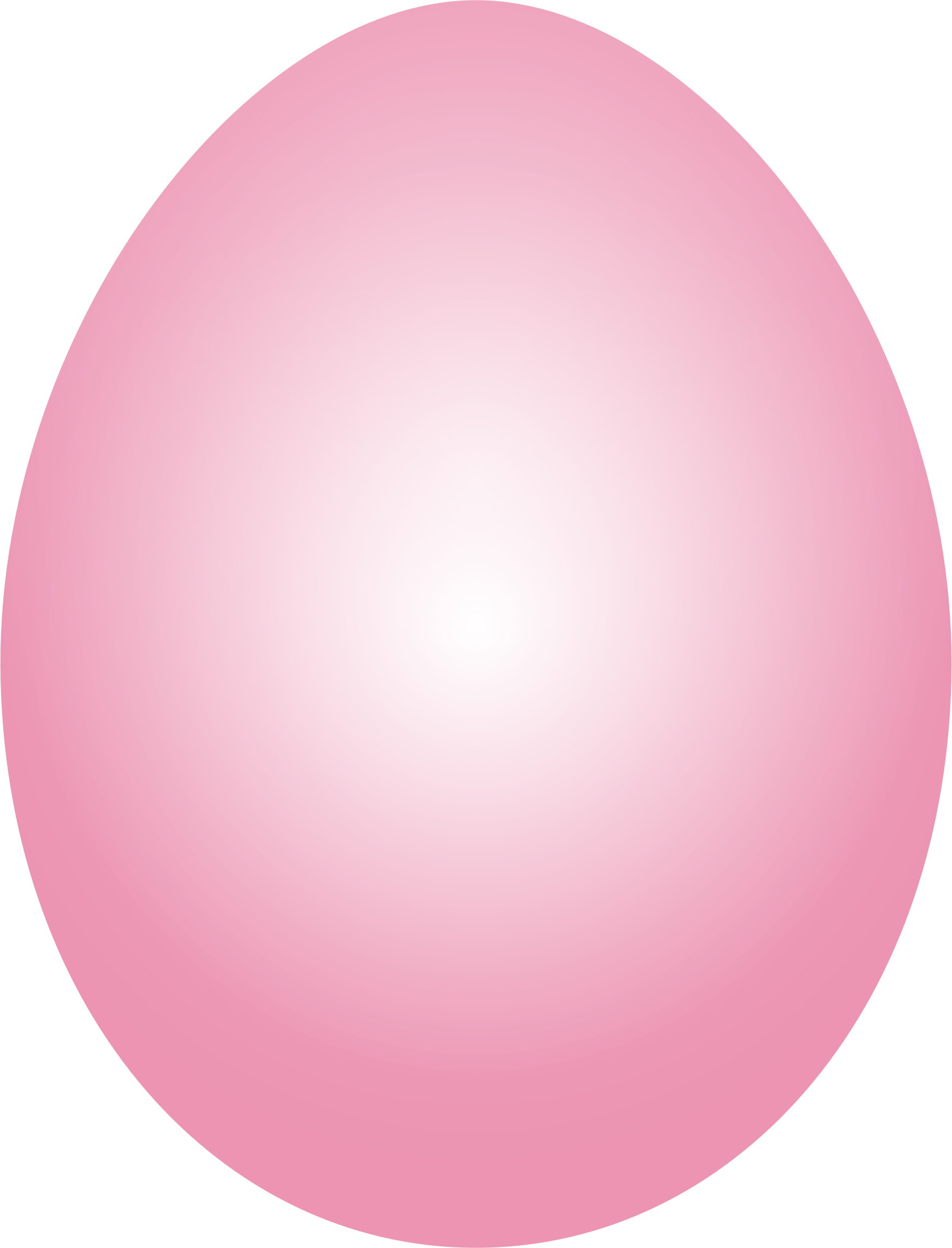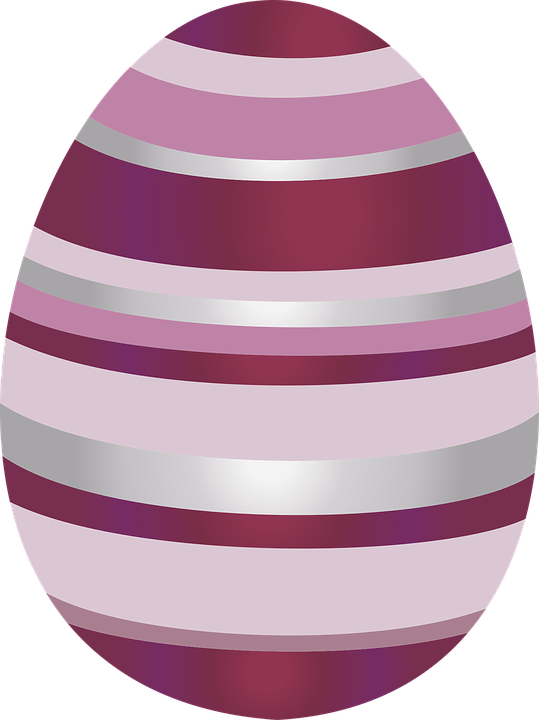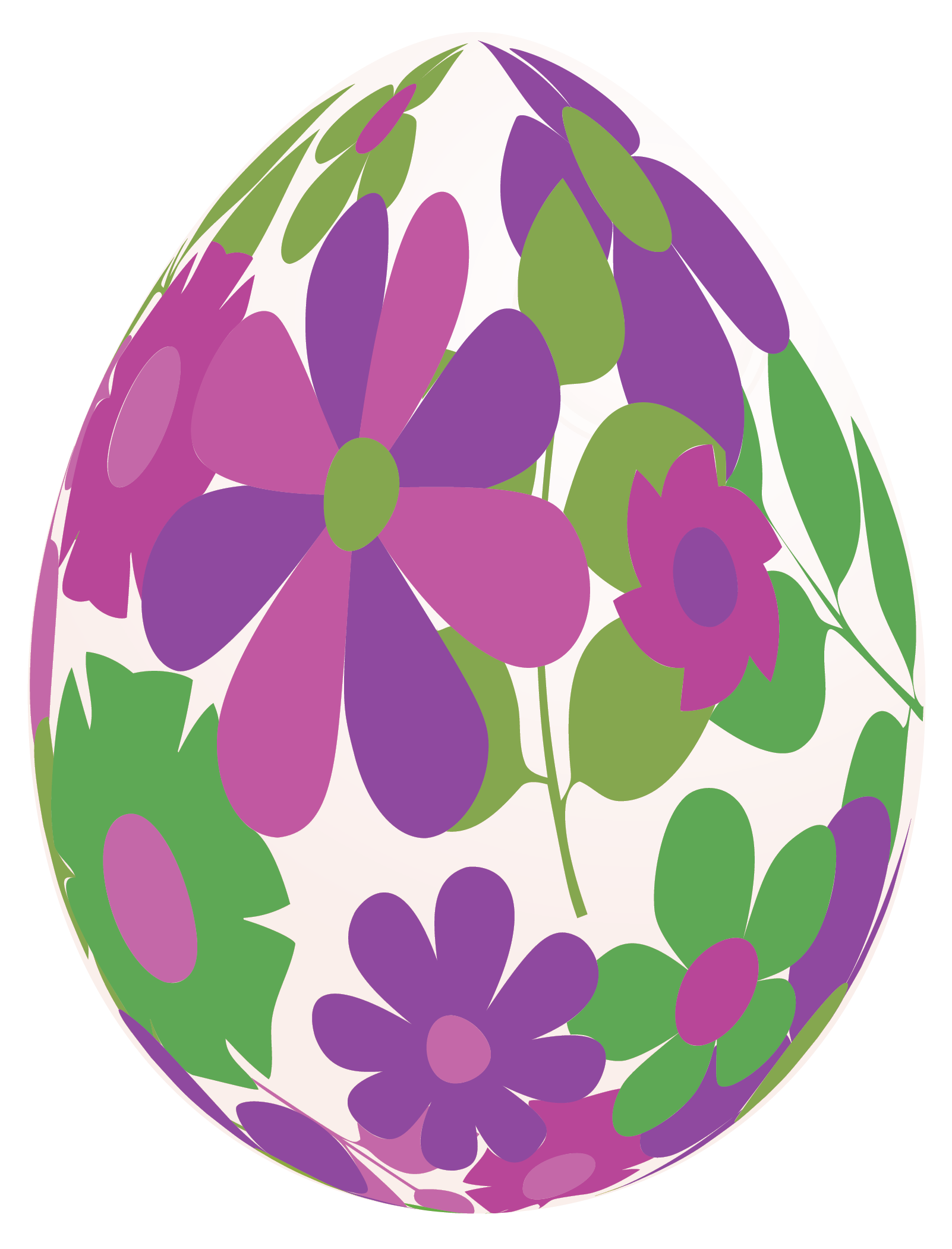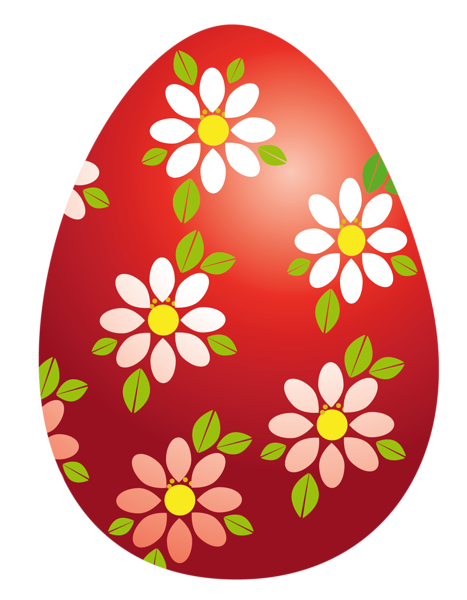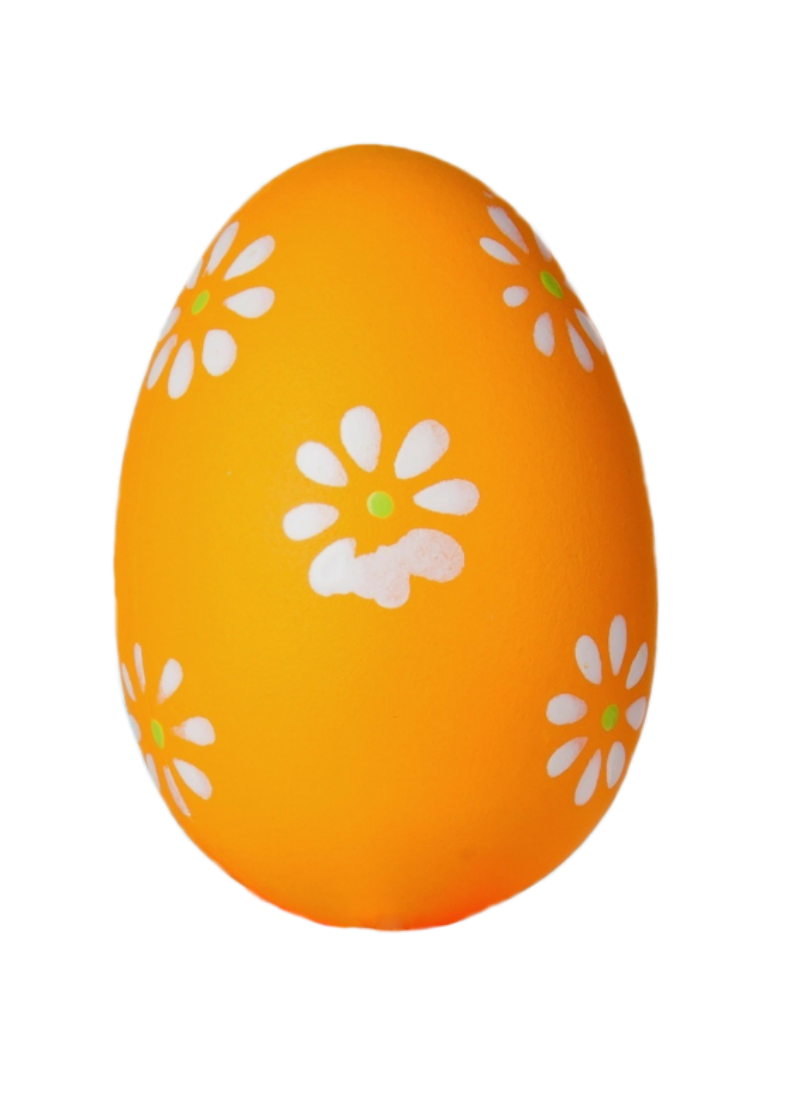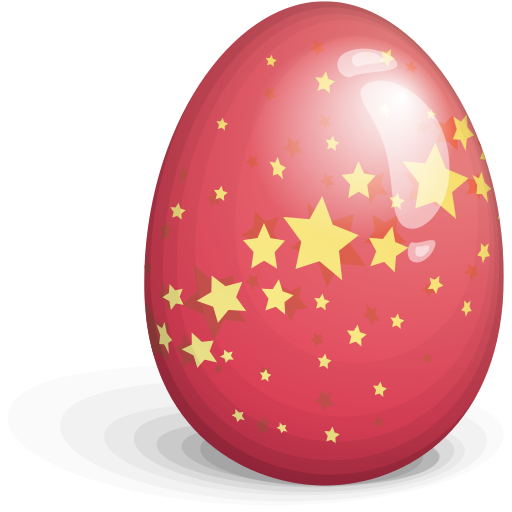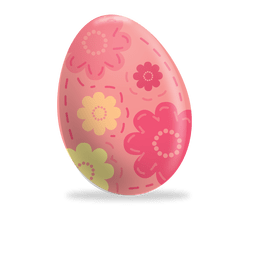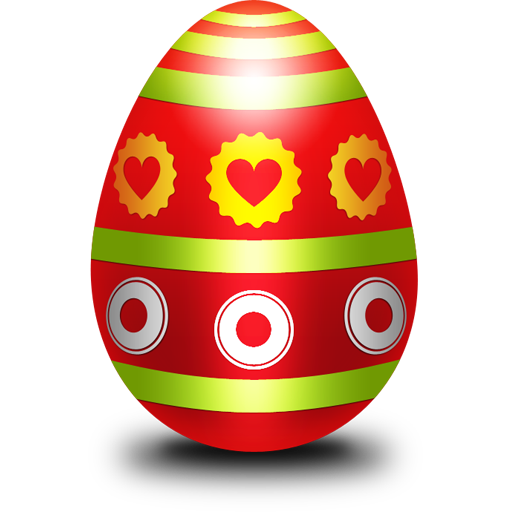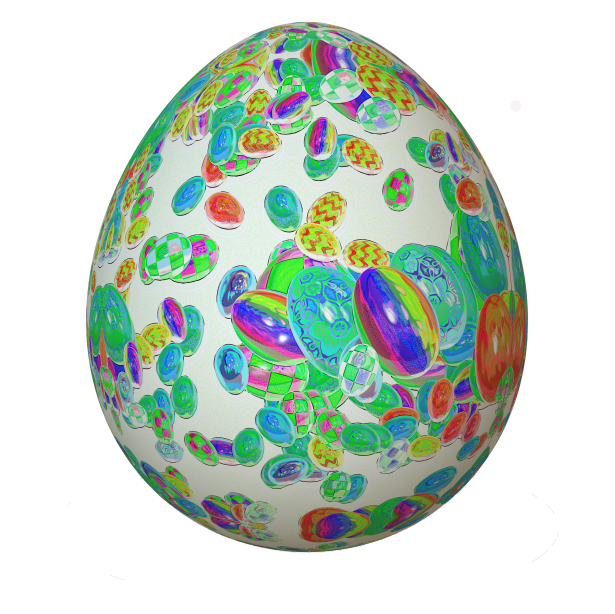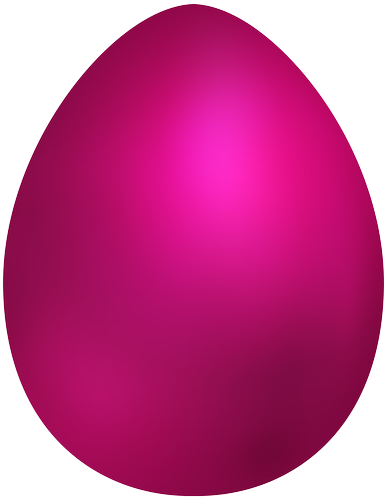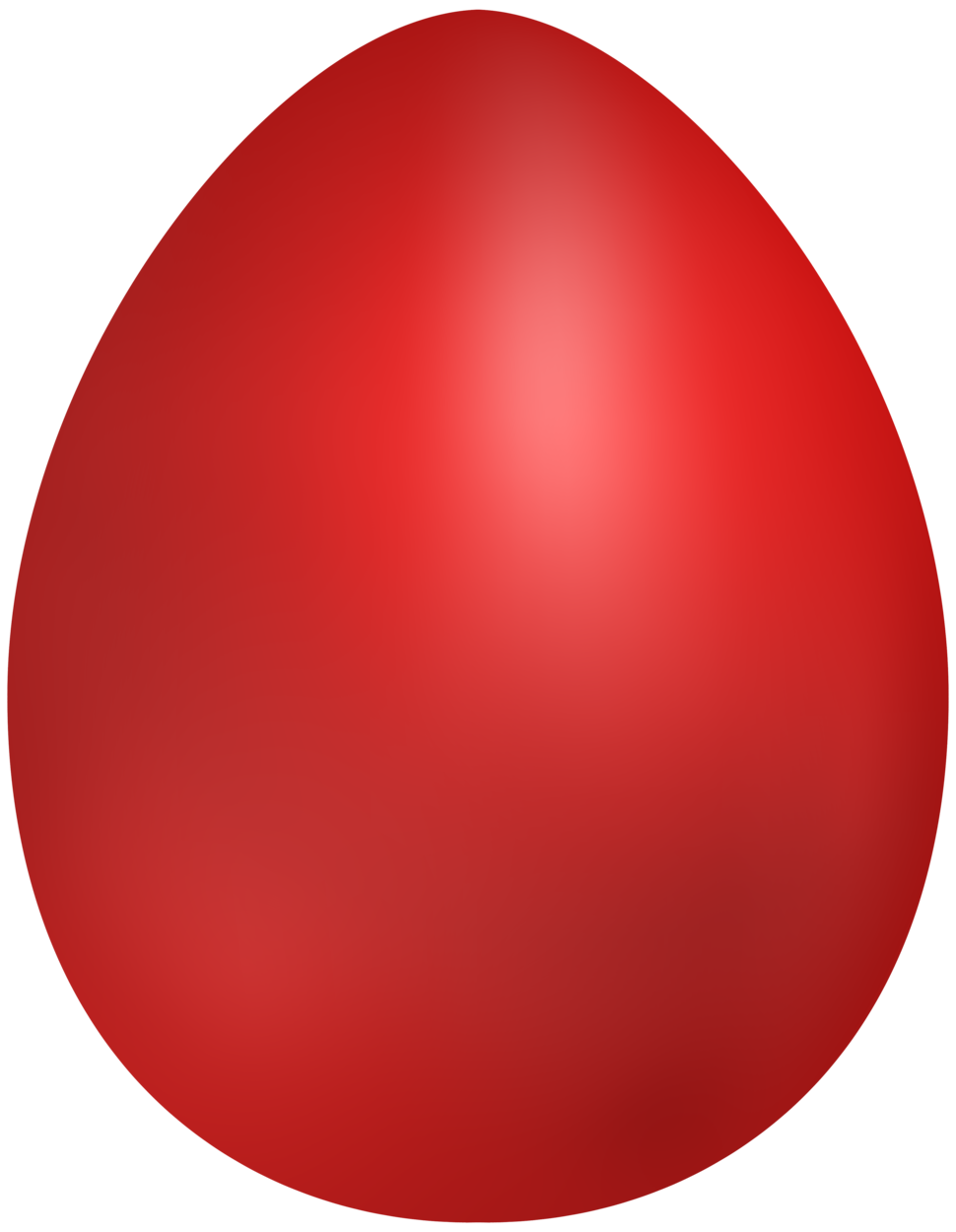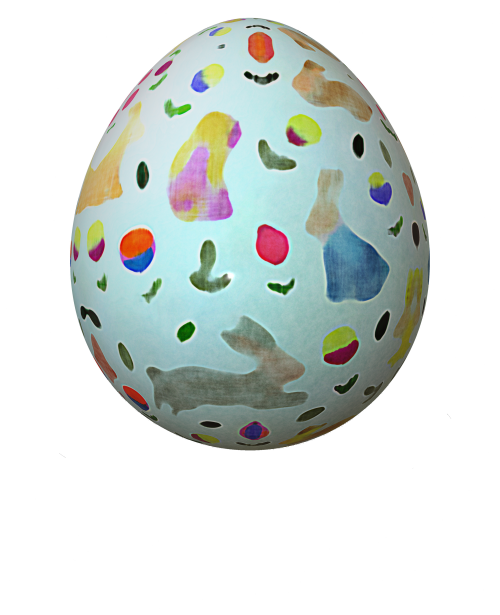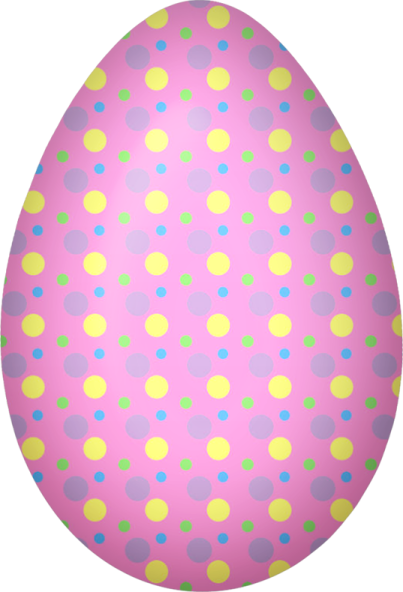The egg is an emblem of unhatched potential. The global COVID-19 crisis may have left us shellshocked, cracked, beaten or scrambled, but the image of an egg symbolises new life emerging from the broken pieces of a shattered shell. This visual shorthand holds more significance at Easter 2020 than ever before in our lifetime.
Many ancient civilisations, including the Greeks and Egyptians, saw eggs as a sign of fertility. Decorating eggs in springtime dates back thousands of years and is linked to the notion of rebirth around the spring equinox. The English word ŌĆśEasterŌĆÖ comes from an Anglo-Saxon goddess of spring named Eostre and the festival celebrated in her honour.
In Christianity, Easter eggs symbolise the empty tomb from which Jesus was resurrected on the morning of Easter Sunday. The event took place in Jerusalem at the time of the Jewish holiday of Passover, which was initially a first-fruits festival and later became the celebration of the IsraelitesŌĆÖ exodus from slavery in ancient Egypt. The words for Easter in the Scandinavian languages: p├Īskar in Icelandic, p├źsk in Swedish and p├źske in Danish and Norwegian derive from Pesach, the Hebrew name for this Passover festival. The Finnish word p├ż├żsi├żinen stems from the verb p├ż├żst├ż, which refers to the release at the end of the long self-denial period of Lent.
Traditions of egg-celence
In Sweden, Easter eggs can be made of papier-m├óch├®, plastic or metal, and come filled with sweets, chocolate and sometimes also a small toy or present. In the UK, most modern Easter eggs are of the chocolate variety, although Marks & Spencer launched a novelty egg made of cheese this year, with an actual yolk. With COVID-19-related retail restrictions in place in most European countries, some shops have been told that chocolate eggs are now considered non-essential goods and should not be stocked as a priority.
Resort to the eggs in your fridge and the endless fun of painting and decorating them.
If there is a shortage of chocolate eggs on the supermarket shelves this Easter, you should resort to the eggs in your fridge and the endless fun of painting and decorating them. The entertainment value easily rivals that of a chocolate egg hunt. DonŌĆÖt worry about blowing out the contents (the emptied shells are too fragile for younger children) ŌĆō just boil the eggs and decorate them with non-toxic dyes. Boiled eggs need to be kept refrigerated and eaten fairly quickly, which makes them less ideal for a hunt in the garden. But in our confined circumstances, you can hunt for them in the house and consume the haul at the Easter Sunday breakfast table.
ItŌĆÖs an interesting phenomenon that English retail eggs are almost always brown, which makes them harder to dye and paint. Apparently, this was not always the case, but since the 70s, brown eggs have been perceived as healthier and more rustic than the white ones and thatŌĆÖs why they have gained popularity. The perception is misguided ŌĆō different breeds of chicken lay different colour eggs and thatŌĆÖs all there is to it.
Decorating your own eggs
You can dye eggs as you boil them by simply adding food colouring and a spoonful vinegar to the water. The vinegar helps to fix the colour better. Boil the eggs for 7ŌĆō10 minutes and leave in the water to cool down. If you want to make the shells shiny, wipe the coloured eggs with vegetable oil and dry with kitchen paper.
Create patterns on the eggs by tying string around them or sticking masking tape to the shell before dyeing.
If you donŌĆÖt have food colouring in the house, your fridge and kitchen cupboards are a treasure trove of dye materials: coffee, tea, red wine, curry powder, onion, carrot, beetroot, red cabbage, blueberries… chop the ingredients, add them to boiling water with vinegar, and simmer for 15 minutes. Strain out the bits, add the boiled eggs and leave to soak. Unless the eggs are cracked, they shouldnŌĆÖt absorb the flavours of the natural dyes.
You can create patterns on the eggs by tying string around them or sticking masking tape to the shell before dyeing. Beeswax applied with a pin or a stick is also a good way of making shapes ŌĆō the dye will not stick to the waxed parts of the surface.
Whilst playing with boiled eggs is fun, I admit itŌĆÖs hardly a match to the splendour of eating chocolate. DonŌĆÖt you just wish there was a way to combine the merriment of egg painting with the excitement of the chocolate egg hunt? There is: the Mignon egg. The Finnish confectionery company Fazer manufactures them by pouring a filling of almond-hazelnut nougat into real eggshells and then sealing the small opening with a mixture of sugar and rice protein. They can be decorated (I paint them with water colours even though the shell is technically a slightly porous material) and kept in the cupboard for as long as you like.
Pictured below are four samples of my eggsperiments this year ŌĆō two hardboiled brown eggs and two white Mignons. The darker brown egg was dotted with artistŌĆÖs masking fluid before soaking it in coffee laced with vinegar. On the lighter one, I drew a pattern with a white oil crayon and then immersed it in a glass of hot water, turmeric and vinegar. The two white Mignon eggs were brushed with water colour paint (most fun as you can wipe it off and start again) and splattered with a toothbrush to create the speckled effect.
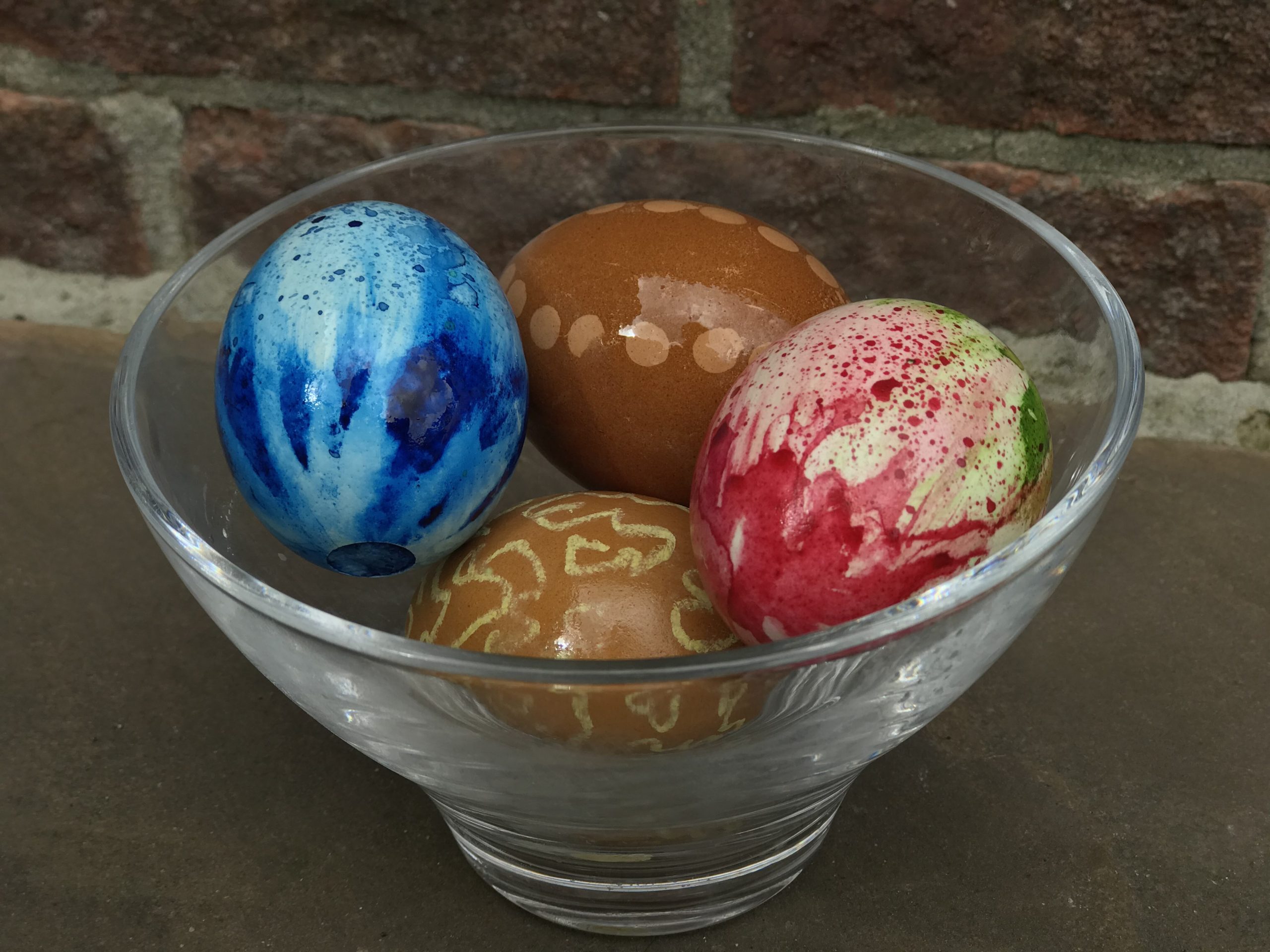
A different kind of Easter egg hunt
Did you know that Easter eggs can also be found in video games, computer programs, films and TV shows? These are hidden features, messages, inside jokes and cultural references intentionally inserted into the media. The concept was coined in the late 70s with a hidden message encoded into the Atari game Adventure. These days, virtually all major video games contain Easter eggs aimed at entertaining and forging bonds between their creators and finders.
Tech company Google have been adding Easter eggs to their products for at least 20 years. One of their Easter eggs related to the world of translation pays tribute to a Monty Python comedy sketch ŌĆ£The Funniest Joke in the WorldŌĆØ. The sketch is about a joke that was so funny that people die from laughing after reading it. In the sketch, the British WWII army decide to translate the joke in order to use it against their German enemy. (They employ a group of translators who translate one word each.) The resulting German version of the joke is ŌĆ£Wenn ist das Nunst├╝ck git und Slotermeyer? Ja! Beiherhund das Oder die Flipperwaldt gersput!ŌĆØ So, whatŌĆÖs GoogleŌĆÖs Easter egg? If you type this German joke into Google Translate and click to translate it into English, the result will be ŌĆ£[FATAL ERROR]ŌĆØ.
Inside or outside of the language services industry, Easter 2020 finds us all in a battle. WeŌĆÖre trying to cope with anxiety, frustration, readjustment and having to let go. ItŌĆÖs difficult to think past the immediate hardships, yet the decisions we make today ŌĆō individually and collectively ŌĆō will determine the future that emerges from the COVID-19 shakeup. We hope to see new business cultures where people and the planet are measured at equal worth, alongside profit. We look forward to companies building on values like trust, integrity and benevolence instead of just ability or authority. The innocuous Easter egg is a reminder of such hopes.
SandbergŌĆÖs contingency plan for business continuity during the COVID-19 pandemic is available for download from the link below. We initially created it with the intention of putting your mind at ease, but then decided to also add a smile on your face.
Happy Easter everybody! Keep safe.
